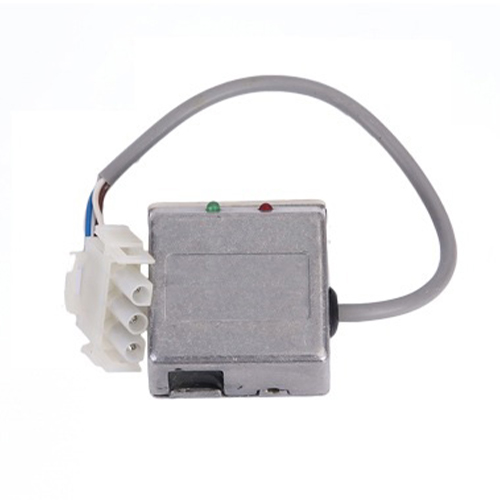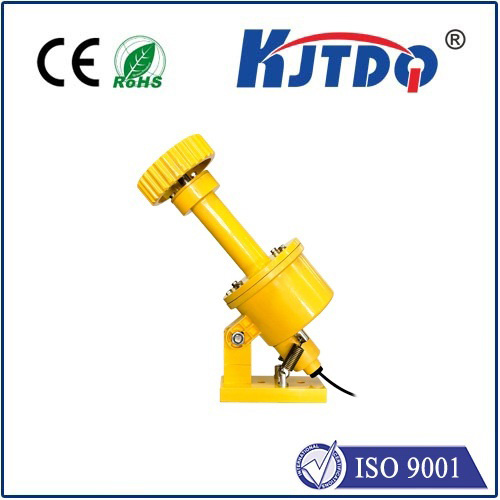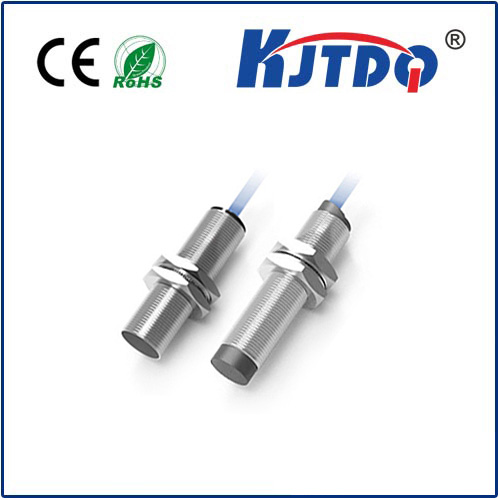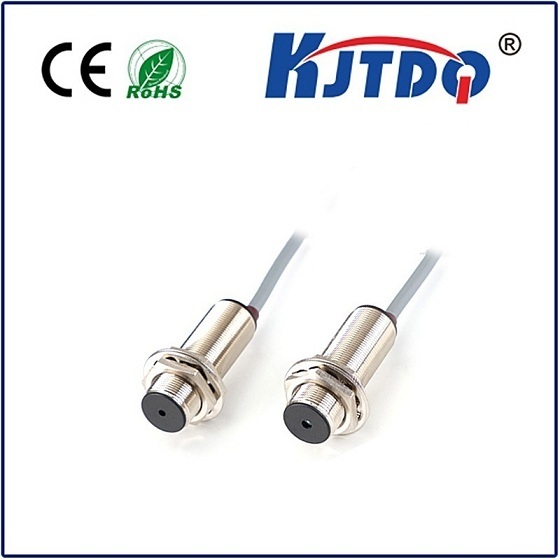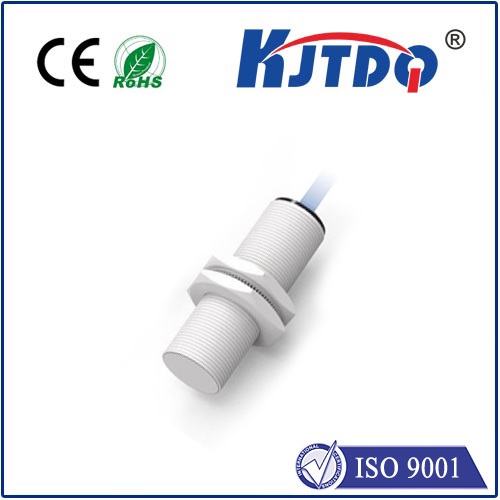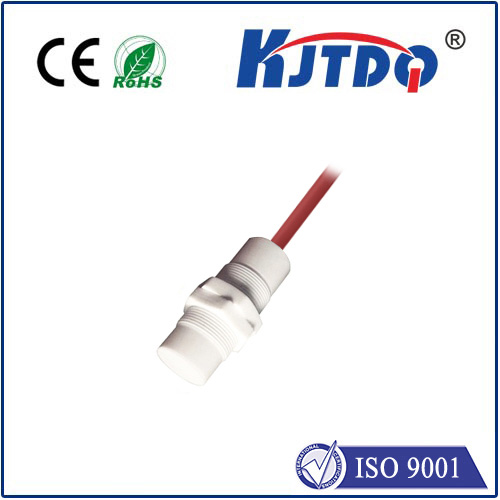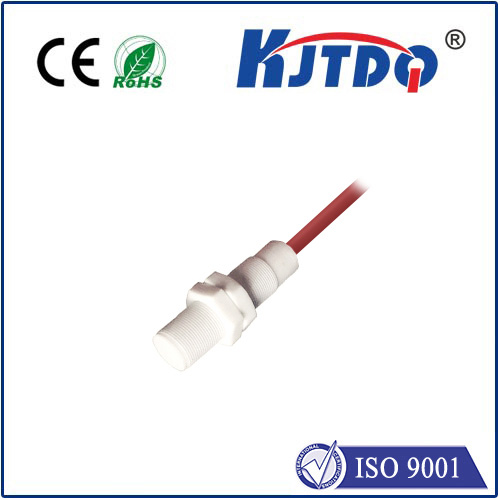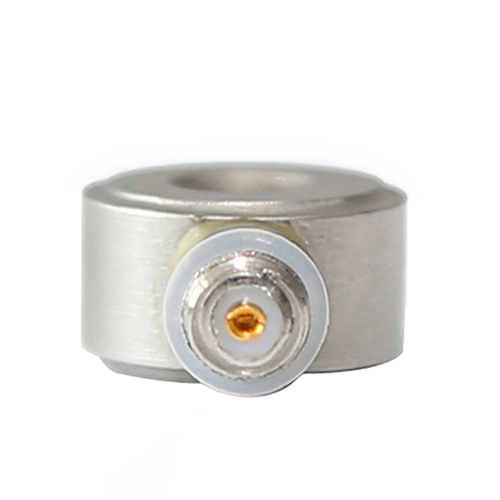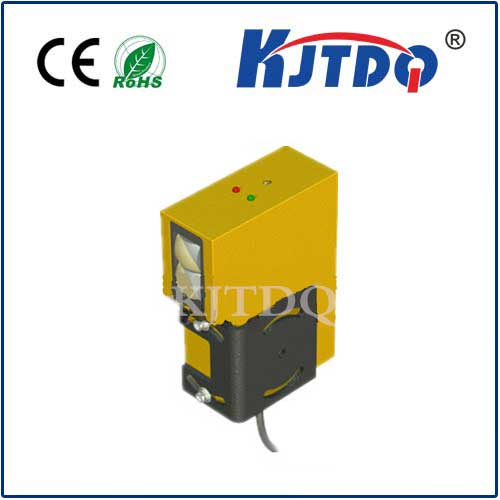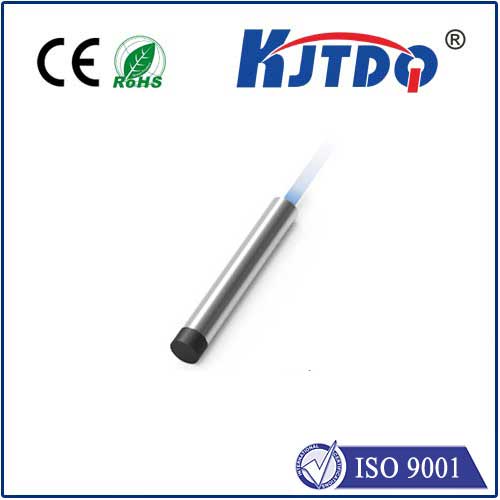dc micro switch
- time:2025-07-31 03:36:53
- Click:0
DC Micro Switches: The Tiny Components Powering Precision Control
Think about the precise click of your computer mouse button, the satisfying snap when your car door closes securely, or the instant cut-off as your microwave door opens. Behind these small but crucial actions, silently doing their job, are DC micro switches. These compact electromechanical marvels are fundamental to precision control and reliable signaling in countless electronic and mechanical systems worldwide. Despite their minuscule size, their impact on safety, functionality, and user interaction is immense.
What Exactly is a DC Micro Switch?
At its core, a DC micro switch is a snap-action switch specifically designed to operate with Direct Current (DC) electrical circuits. They are characterized by their small physical size, a spring-loaded lever or button (the actuator), and an internal mechanism designed for a very short, crisp travel distance to activate the switch. The defining “snap-action” comes from a spring mechanism that causes the internal electrical contacts to open or close very rapidly once the actuator passes a certain point. This quick break/make action minimizes arcing and provides high reliability, even under millions of operating cycles, making them ideal for position detection, limit sensing, and user input applications.
How Do DC Micro Switches Work? The Magic of Snap-Action

The brilliance of the DC micro switch design lies in its internal mechanics. When force is applied to the actuator – be it a lever, roller, or button – it pushes against an internal spring. This spring tension builds until it reaches a critical point, then rapidly “snaps” over center. This swift movement instantly flips the state of the electrical contacts inside:
- Normally Open (NO): The circuit is incomplete (open) when the switch is at rest. Actuating the switch snaps the contacts together, completing the circuit.
- Normally Closed (NC): The circuit is complete (closed) when the switch is at rest. Actuating the switch snaps the contacts apart, breaking the circuit.
- Changeover (CO / SPDT): Many micro switches offer a Single Pole, Double Throw (SPDT) configuration, featuring a common terminal ©, a Normally Open terminal (NO), and a Normally Closed terminal (NC). Actuation switches the connection from C-NC to C-NO.
This snap-action mechanism ensures a definitive, unambiguous switching action. It eliminates ambiguous electrical states common in slower-acting switches, provides excellent electrical contact due to the force of the snap, and significantly reduces contact wear and arcing, leading to exceptional longevity.
Key Types and Features for Diverse Needs
DC micro switches come in various configurations to suit specific application demands:
- Actuator Types: The physical interface matters. Options include standard levers, simulated roller levers (for smooth operation), straight levers, pin plungers, and hinged levers, each optimized for the direction and type of force (e.g., side push, vertical push, sweeping motion).
- Electrical Ratings: Critically important! DC voltage and current ratings (both maximum and minimum load) must match the circuit requirements. Using a switch rated too low can lead to premature failure due to arcing or welding of contacts under DC loads. The contact material (e.g., Silver Alloy) also plays a vital role in handling specific loads reliably. Pay close attention to the DC switching capacity. Understanding the load (resistive, inductive, capacitive) is paramount for reliable DC circuit design.
- Environmental Protection: Switches come with various IP (Ingress Protection) ratings, indicating their resistance to dust and moisture. Options range from basic protection (IP40) to highly sealed variants (IP67) suitable for harsh environments.
- Terminal Types: Choices include solder terminals, quick-connect tabs, or PCB-mount options for different assembly processes.
Selecting the Right DC Micro Switch: Critical Considerations
Choosing the optimal DC micro switch is crucial for system reliability and performance:
- Application Load: Define the electrical characteristics – Is it controlling a small relay, a motor, or an LED? Determine the required DC Voltage and Current (Amps) rating. Never exceed these specifications.
- Actuation Force & Travel: How much force is available to trigger the switch? How much physical movement (travel) of the actuator is acceptable or required before switching occurs?
- Actuator Style: Select an actuator design compatible with the mechanical interaction (e.g., a roller lever is ideal for a moving cam, a pin plunger for direct vertical pressure).
- Electrical Configuration (NO, NC, CO): Decide the required circuit behavior – Should the circuit complete (NO), break (NC), or switch between paths (CO) when actuated?
- Operating Environment: Consider temperature extremes, humidity, dust, chemicals, or potential exposure to water, and choose a switch with an appropriate IP rating and material construction.
- Lifespan Requirement: Micro switches offer exceptionally high cycle lives (often millions). Ensure the switch’s rated life meets or exceeds the application’s demands.
- Mounting Constraints: The available physical space and desired mounting method (screw, snap-in, PCB) will dictate switch size and style.
Ubiquitous Applications: Where DC Micro Switches Shine
The versatility and reliability of DC micro switches ensure their presence across a vast spectrum of industries:
- Industrial Automation & Control: Detecting positions of moving parts on machinery, confirming end-of-travel on actuators, safety door interlocks, and equipment status monitoring rely heavily on micro switches for precise signaling.
- Consumer Electronics: Found inside computer peripherals (mice, keyboards), game controllers, printers, scanners, and cameras for tactile feedback and position detection.
- Automotive Systems: Used in door lock mechanisms, power window limit switches, brake pedal position sensors, trunk lid open/close detection, and seatbelt buckles.
- Home Appliances: Essential for door interlocks in washing machines, microwave ovens, and dishwashers (critical for safety), as well as lid switches in blenders and coffee makers.
- Medical Equipment: Employed in devices for precise position sensing of components and ensuring safety interlocks are engaged.
- HVAC Systems: Detect filter presence, damper positions, and safety cut-offs in heating and cooling units.
- Security Devices: Used in alarm systems for door/window contact sensors and access control mechanisms.
From the critical safety interlock preventing a microwave from operating with the door open, to the precise positioning feedback controlling robotic arms, DC micro switches earn their place as indispensable components. Their compact size, robust snap-action mechanism, electrical versatility, and proven long-term reliability make them a cornerstone of modern engineering design. Understanding their operation, specifications, and diverse applications is key to integrating them effectively and ensuring the dependable performance of countless electronic and mechanical systems we interact with daily. When you need definitive switching action in a miniature package for a DC circuit, the micro switch is often the optimal solution for precision control and uncompromising reliability.






